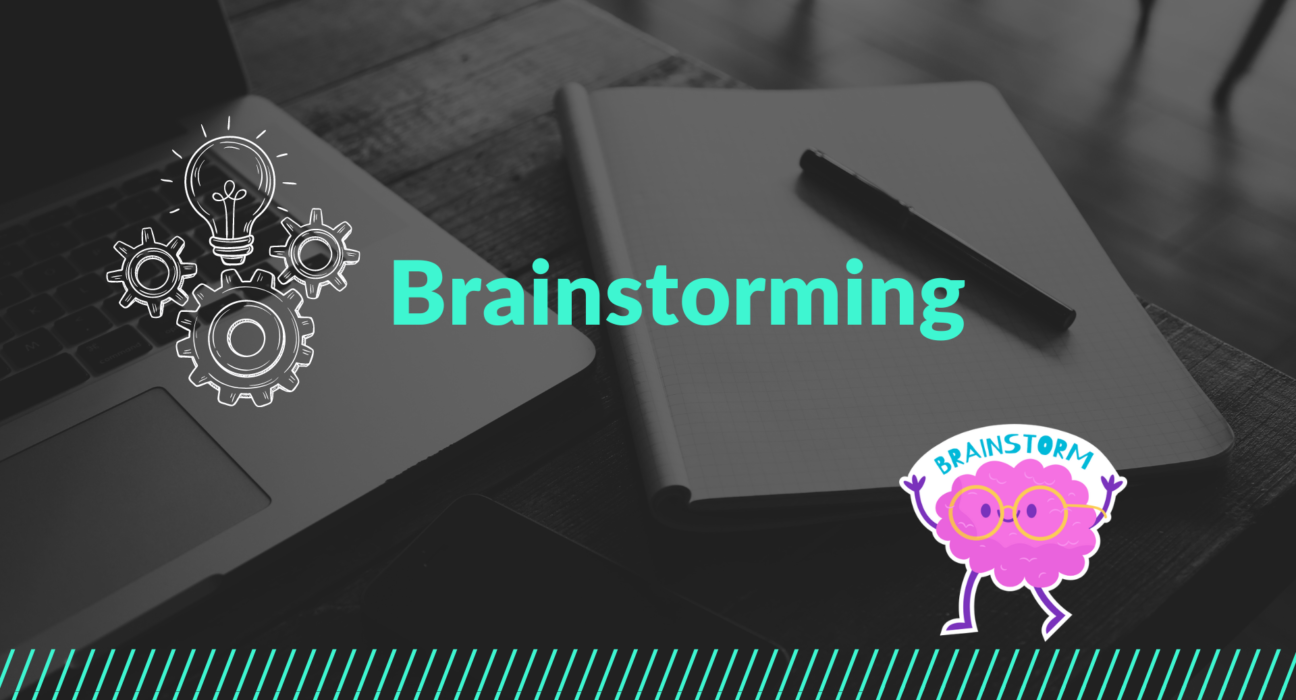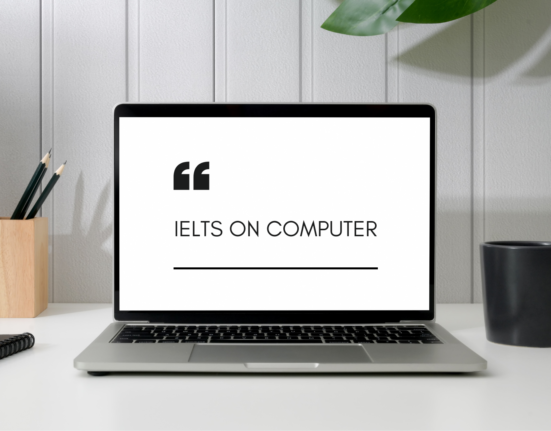Haven’t found a suitable method to practice and improve your IELTS Speaking and Writing band scores? Brainstorming could be an easily applicable approach for everyone, helping you refine and apply your skills in the exam to enhance both your Writing and Speaking scores.
What is brainstorming
Brainstorming is a vital technique for generating ideas and exploring potential solutions to problems. In the context of IELTS, it plays a crucial role in tasks such as General IELTS Writing Task 1, IELTS Writing Task 2, and IELTS Speaking Part 2.
General IELTS Writing Task 1: In this task, you are required to write an email based on a given outline. Brainstorming becomes essential to fill in the content and generate ideas for components such as travel details, suitcase description, damage explanation, and reasons why the company should compensate.
IELTS Writing Task 2: For the academic essay, you need to defend a thesis statement on a given topic. This involves generating claims, supporting evidence, and examples. Brainstorming is crucial to formulating ideas for or against the statement and organizing them coherently into a 250-word essay.
IELTS Speaking Part 2: This section requires you to speak for 2 minutes on a given topic, with 1 minute for preparation. While personal experiences are preferable, brainstorming is still necessary. For those struggling to recall memories, creating a fictional scenario involves brainstorming about the chosen memory’s details.
How to Brainstorm: Techniques and Considerations:
- No Brainstorming:
- Pros: Save time during the test with pre-existing ideas.
- Cons: Risk of facing unfamiliar questions and potential misinterpretation of task requirements.
- Generating Words:
- Pros: Unleash a flow of ideas without worrying about structure.
- Cons: Risk of producing excessive, unnecessary ideas and spending too much time on the process.
- Pros and Cons Table:
- Pros: Structured approach for methodical thinkers.
- Cons: Potential time wastage on generating ideas not needed for the task.
- Mindmap:
- Pros: Visual learners find it appealing and structured.
- Cons: Some may spend excess time on aesthetics rather than generating content.
- Asking Questions:
- Pros: Appeals to logically structured minds.
- Cons: Potential time loss in finding answers to questions that may not contribute to the final output.
- Friendly Discussion:
- Pros: Relieves exam stress and generates ideas comfortably.
- Cons: Transitioning informal ideas into academic language may pose a challenge.
Conclusion: Choose a brainstorming technique based on your preferences and adaptability. Experiment with different methods, perhaps combining some, to find what suits you best. Remember, the goal is not to generate excessive ideas but to produce useful, relevant ones without spending excessive time on the process.














